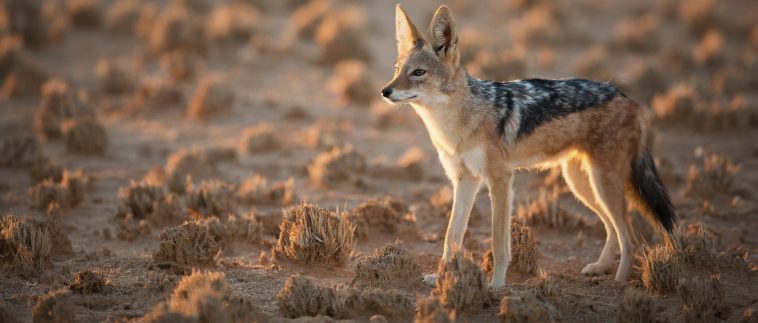Severe losses are suffered by farmers due to predators. The severity of the problem varies by farm and geographic region. For some producers, predator losses can be so overwhelming that they decide to give up sheep farming. Other producers may seldom experience a loss due to predators.
Regardless of the perceived predator threat, all sheep farmers should implement steps to prevent predation. Various strategies can be employed to deal with predators. Similar to internal parasite (worm) control, no one strategy will ensure success. Usually, a combination of different practices provides successful predator control.
Despite farmers’ best efforts to protect their livestock, hundreds of thousands of sheep, cattle, and goats fall victim to predators every year. In fact, predators cause some of the most significant losses to the sheep industry worldwide.
Managing livestock predation
Combining various techniques and tools to reduce predation is known as integrated damage management.
It is, however, important that producers employ a variety of measures, such as fencing, guard animals, and shed lambing, to protect their livestock. In combination, such measures can be effective in reducing predation. But not all methods are applicable in every situation.

Woven wire fencing.
Livestock husbandry
Keeping livestock confined in pens or holds may prevent predation, but in most cases, it is not very practical. Keeping livestock in holding pens only at night, however, may be more feasible and is also effective in reducing losses because many predators often hunt at night.
Penning sheep at night in lots near buildings and near humans will deter many predators. If the yard is well-lit, the risk is further reduced.
Proper disposal of dead animals will prevent scavenging, which will help to keep predators away. A dead carcass, left out, can introduce wild animals to sheep predation.

Proper wire spacing.
Shed lambing instead of pasture lambing helps protect vulnerable lambs. New-born lambs are prime prey of predators. Pastures that have a history for high predation should not be used for lambing. Pastures that have rolling terrain and contain creek beds or brush provide ideal cover for some predators. Shifting the lambing season to an earlier or later time may limit predation.
Non-lethal predator control
Non-lethal methods of predator control do not harm the predator and are favoured by environmentalists, animal welfare advocates, and many producers.
Fencing
In most situations, predator control begins with a good fence. A fence is the first line of defence against intruders. However, predators can penetrate a fence by digging under, jumping between the wires, crawling through holes in the mesh, or jumping over the top of the fence.
Woven wire (or net) fences in good repair will deter many predators from entering pastures. Horizontal wires spaced 5 to 10 cm apart in the bottom portion of the fence will help to protect your animals. Although more expensive to install than high-voltage electric fences, woven wire fences have many advantages and should be considered for perimeter or boundary fences.
Electrified fencing is another option for predator-proof fencing. Perimeter fences should consist of at least five strands of high-tensile smooth wire. Increasing the number of wires will improve the effectiveness of the fence as a deterrent to predators.

High-tensile electric fence.
To be effective, the wires need to be properly spaced. The bottom wires need to be closer together than the top wires. Where there is adequate soil moisture, all the wires should be electrified. Otherwise, the fence should have a mixture of both live and earth wires — 10 to 20 cm is a good height for keeping sheep in and predators out.
Fence lines need to be kept clean of vegetation. Weeds and grass that touch the fence will reduce voltage and reduce the effectiveness of the fence. Fence lines can be kept clean with herbicides or hand-held weed cutters.
Guard animals
More and more livestock farmers are using guard animals in their pastures and on open ranges to prevent predator attacks. Guard animals include dogs, donkeys, llamas, and mules.

Guardian llama.
Frightening devices
For centuries, livestock producers have used frightening devices to ward off potential predators. Most predators fear unexpected disturbances and keep their distance. Over the years, the devices have changed from simple scarecrows and bells or other noise-makers to more modern devices.
Translocation
Translocation means to capture a predator and release it in another area. This is often done with “protected” predators. However, translocation is expensive and does not guarantee the predator will not cause damage in its new location or find its way back home. It is becoming a less popular means of dealing with predation.

Shed lambing.
Creating a balance
As predator populations continue to expand and livestock producers strive to make a living, it is important that the industry use all the assistance available. An integrated approach for resolving livestock predation, should include a variety of nonlethal and, when necessary, lethal methods to stop the damage caused by predators.

Range lambing.
We thank the ARC Institute for Agricultural Engineering in South Africa who made their manual on sheep production and facilities available to the readers of ProagriMedia.









